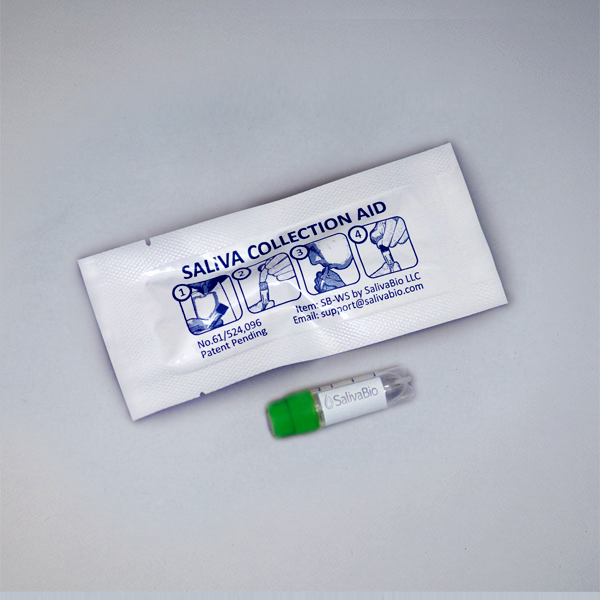Need Help?
Ask an expert
1. How to collect Salivary Interleukin-8
APPROVED SALIVARY CYTOKINE COLLECTION METHODS
Salivary Cytokine Collection Protocol
Collection volume, general considerations, and basic guidelines to maximize salivary Interleukin-8 sample integrity. Use this analyte-specific collection protocol to plan you collection methodology and sampling schemes.

2. How to Assay for Salivary Interleukin-8
Send Saliva Samples to Salimetrics
Add to StudyEasy and accurate results from the most trusted Salivary Bioscience Laboratory.
All Lab ServicesOrder Code5209
3. Technical Summary
| Analyte Summary | |
|---|---|
| Analyte: | Interleukin-8 |
| Aliases: | IL-8 |
| Serum-Saliva Correlation: | NA |
| Optimum Collection Volume: | 100 μL |
| Assay Summary | |
|---|---|
| Methodology: | ECL |
| Sensitivity: | 0.07 pg/mL |
| Assay Range: | 0.07 – 2336 pg/mL |
| Assay Type: | Quantitative |
Background
Interleukin-8 (IL-8), also known as neutrophil chemotactic factor, belongs to the CXC chemokine family and mainly serves as an immune mediator of neutrophil-dependent acute inflammation (2). IL-8 is produced in various cells and tissues such as phagocytes and mesenchymal cells exposed to inflammatory stimulus, and primarily targets the recruitment and activation of neutrophil granulocytes and other intra-and extracellular changes in response to infection, inflammation, trauma, environmental stress, and steroid hormones, etc. IL-8 has also been suggested to influence T-cell migration. Although neutrophils are the primary target, a variety of other cells also respond to the presence of IL-8. In serum, IL-8 has shown strong associations with studies in periodontal disease, obesity (3), cancer, oxidative stress (4), rheumatoid arthritis, tumor development and Hepatitis C.
References & Salivary Interleukin-8 Research
- Bickel M. (1993). The role of interleukin-8 in inflammation and mechanisms of regulation. J Periodontol. 64(5 Suppl):456-60.
- Baggiolini M, Clark-Lewis I. (1992). Interleukin-8, a chemotactic and inflammatory cytokine. FEBS Lett. 307(1):97-101.
- Sharabiani MT, et al. (2011). Immunologic profile of excessive body weight. Biomarkers. 16(3):243-51.
- Vlahopoulos S, et al. (1999). Nuclear factor-kappaB-dependent induction of interleukin-8 gene expression by tumor necrosis factor alpha: evidence for an antioxidant sensitive activating pathway distinct from nuclear translocation. Blood. 94(6):1878-89.
 Contact: Salimetrics (USA)
Contact: Salimetrics (USA)



